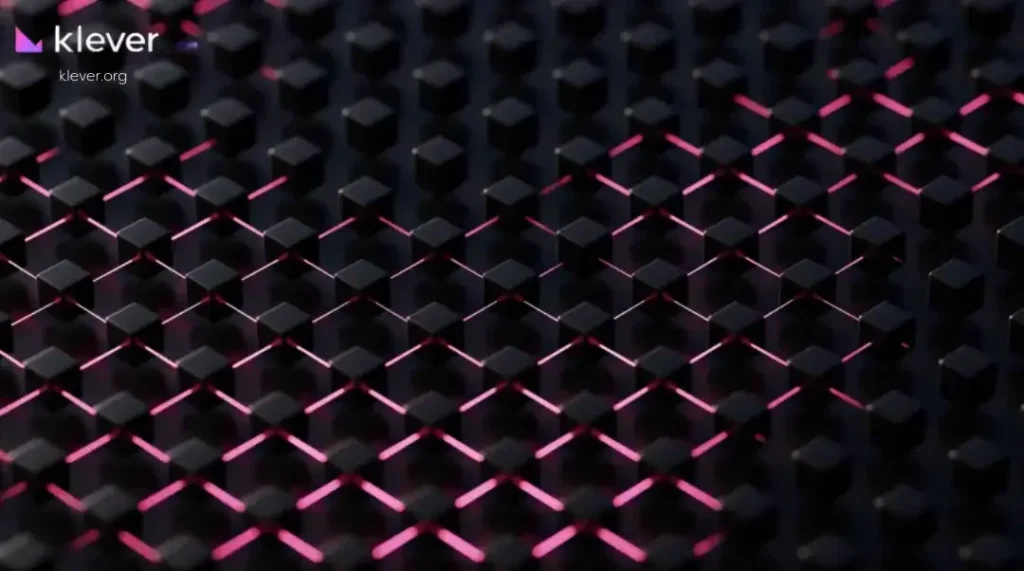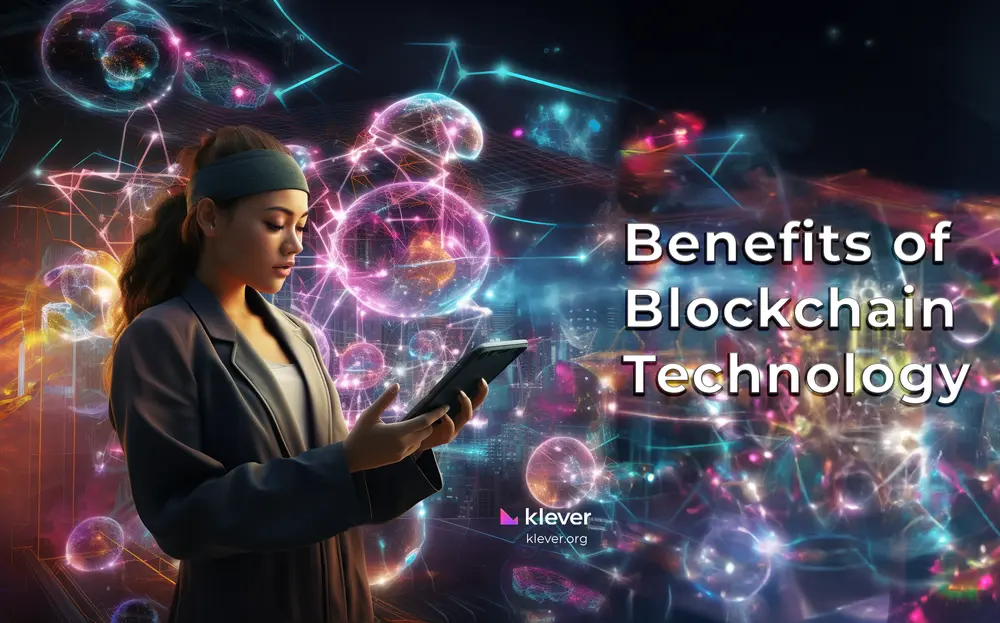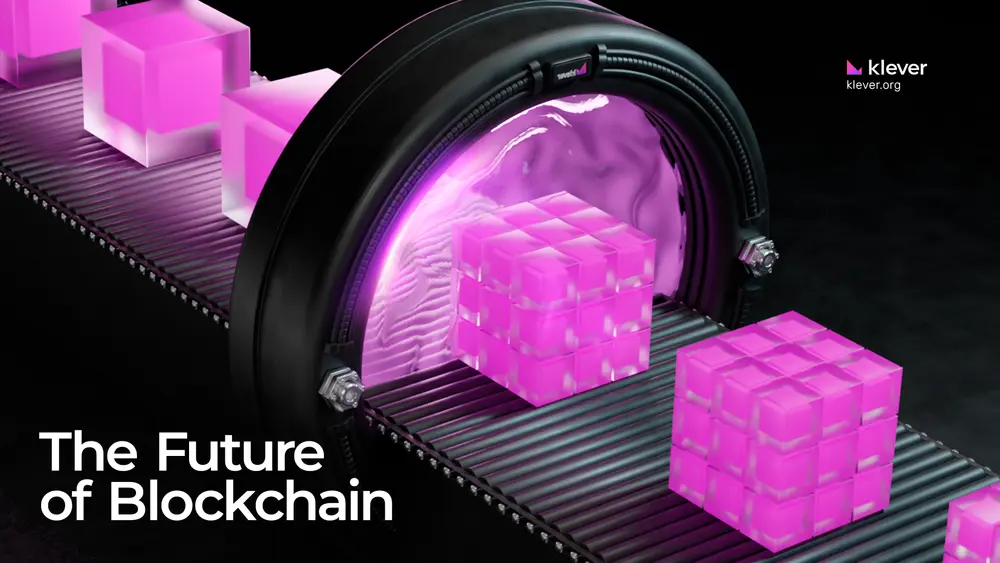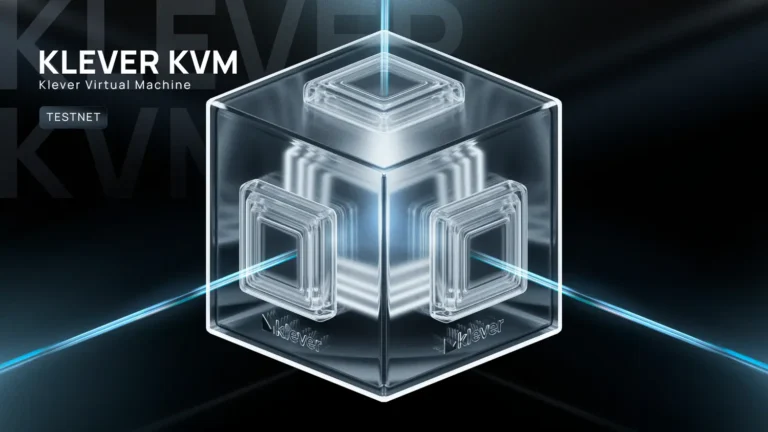
Decentralized blockchain technology provides a new perspective on data and transactions. This revolution is rooted in decentralization. In this article, I try to break down what is decentralized blockchain technology in the simplest way possible so people with zero knowledge can also read it and understand. In this article we shall look into what a decentralized system is all about, the key components of it and how it stands apart from centralized systems, its advantages, by some challenges faced along with future developments. Let´s dive in.
Table of Contents
What is Decentralized Blockchain Technology?

Decentralized blockchain is a digital ledger which distributes transactions over the computers, also called as nodes around any network and it occurs without central entity. All nodes hold a fully copy of the blockchain showing that data is both transparent and secure. This technology is foundational to cryptocurrencies such as Bitcoin and Ethereum, but its applications extend far beyond digital currency.
Key Components of Decentralized Blockchain
Decentralized blockchain technology comprises several key components:
- Nodes: Individual computers which function within the blockchain network, storing a full copy of the ledger and verifying transactions.
- Blocks: A set of transactions groups together and adds to a blockchain to form a block. Every block tells the hash of the previous block, in order to link each other one by one.
- Consensus Mechanisms: Protocols that nodes use to agree on the state. The popular consensus mechanisms are Proof of Work (PoW) and Proof of Stake (PoS).
- Cryptographic Hashing: This ensures the integrity and security of data on the blockchain. A hash is a unique code that represents the data in a block.
- Smart Contracts: Self-executing contracts with the terms of the agreement between buyer and seller being directly written into code. They carry out transactions due to predefined conditions.
How Decentralization Differs From Centralized Systems
Decentralization differs significantly from centralized systems:
- Control: In centralized systems, a single entity or organization controls the entire network. In decentralized systems, multiple nodes distribute control.
- Security: Decentralized systems are more secure because there is no single point of failure. In centralized systems, compromising the central server puts the entire network at risk.
- Transparency: Any participant in a decentralized blockchain, can get access to the online ledger recording each and every transaction. In comparison, a central authority owns and manages data in centralized systems, making them largely opaque.
Benefits of Decentralized Blockchain Technology

Decentralized blockchain technology offers numerous benefits that make it appealing across various industries:
- Enhanced Security: By removing a central point of failure, decentralized blockchains are inherently more secure. To protect the security of medical records, cryptographic hashing and consensus mechanisms are also centralized to prevent fraud or tampering in any direction.
- Transparency: A decentralized blockchain writes all transactions to an open ledger. Therefore, all parties have full transparency. This increases faith in the participating and deter fraud.
- Reduced Costs: With decentralized blockchains, there is no need for intermediaries such as banks or payment processors in the process which diminishes transaction fees. All of this anything which consists then makes the processes more efficient and cheaper.
- Immutable Records: Data added to a blockchain can not ve reverted and any change is impossible. You cannot change the record easily, which maintains data integrity and this ability is especially valuable for industries like finance or healthcare.
- Decentralized Control: Naturally, the main principle of decentralized blockchains is you have just as much control over what happens on the network. This democratization can eventually result in greater equality and justice.
Challenges and Future Development

Despite its many benefits, decentralized blockchain technology faces several challenges:
- Scalability: As the number of transactions increases, the blockchain can become slow and inefficient. Developers are creating scaling solutions, such as sharding and layer 2 protocols, to address this issue.
- Energy Consumption: Proof of Work consensus mechanisms use a lot of computational power meaning that it requires high energy consumption. Innovative solutions that consume less energy – such as Proof of Stake – are also being considered.
- Regulation: The regulatory environment for blockchain technology remains nascent. Furthermore, blockchain requires transparent and clear regulation to assure its proper use, safely.
- Interoperability: Different blockchain networks often operate in isolation. Developing interoperability standards will enable seamless communication and data sharing between different blockchains.
Future Development
The future of decentralized blockchain technology looks promising, for it via continuous efforts going on with research and developments taking place in this field. Furthermore, developments in quantum computing, zero knowledge proofs and decentralized governance will continue to improve upon the potential for blockchain technology.
Decentralized blockchain technology offers transparency, security, and efficiency by distributing control and ensuring immutable records. Despite challenges, ongoing advancements promise a more inclusive digital economy.
Klever, with its low-code development and advanced security, exemplifies these benefits with its focus on security, efficiency and scalability, making strides in decentralized infrastructure. Explore Klever Blockchain today and become part of the future of blockchain.
